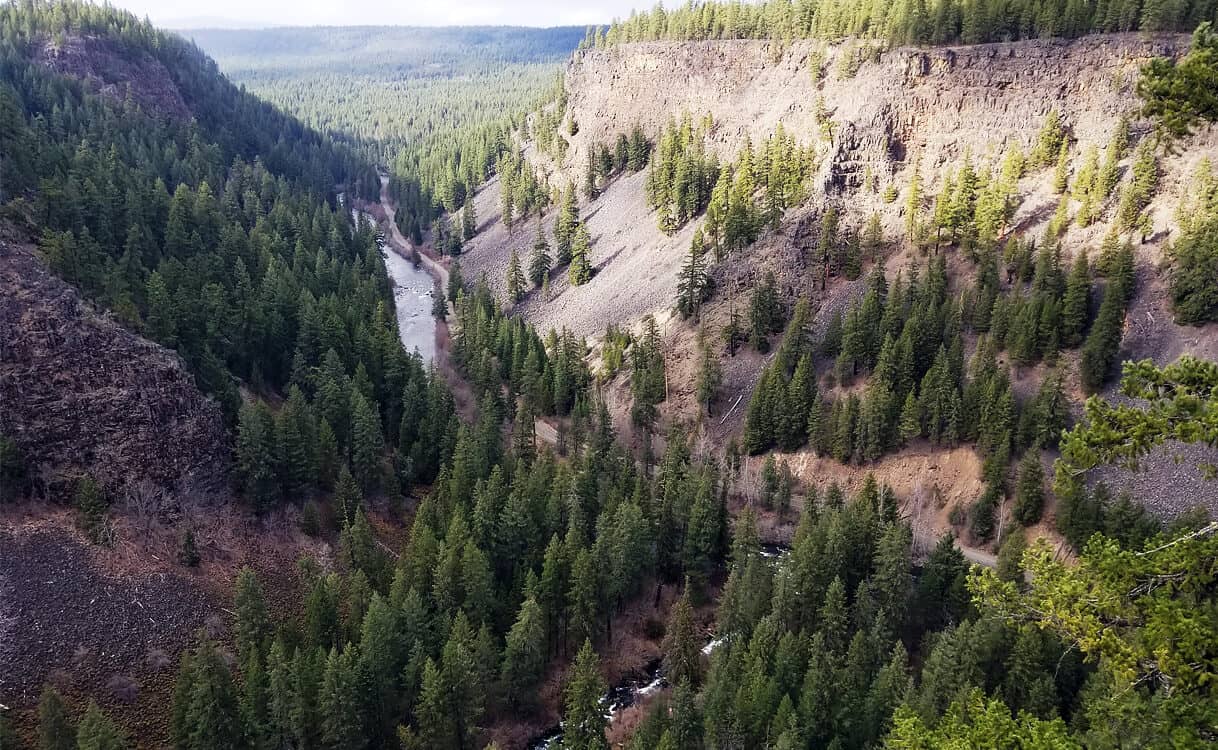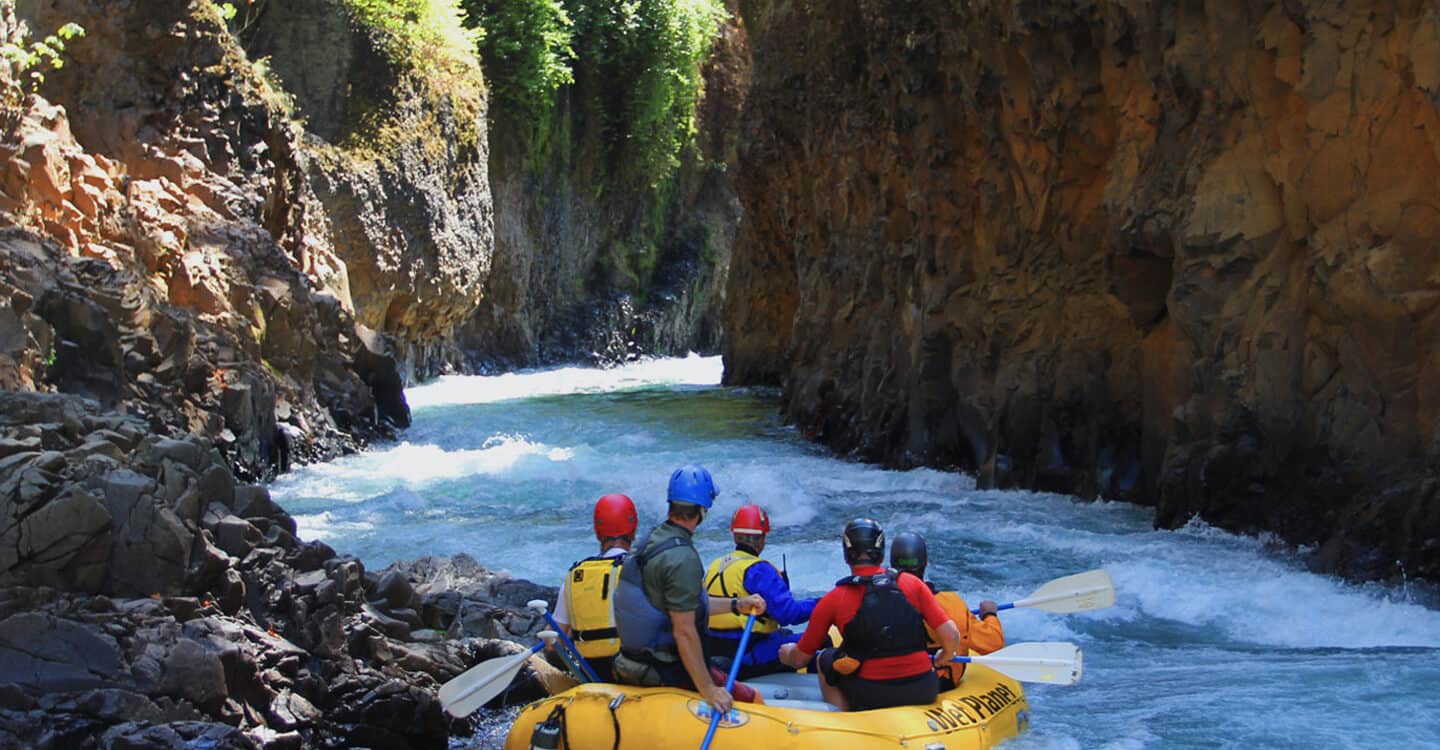In this brief history of the Klickitat River, we want to acknowledge and remember the historical and contemporary relationship of the indigenous people to the land and water of the Klickitat River and the Columbia River Gorge.
Nestled in the Columbia River Gorge on the ancestral land of the Klickitat people is the Klickitat River. The creation of the Klickitat River began around 1.8 million years ago when basalt flows formed the base of Columbia River Gorge. One million years later, the Missoula floods rushed through, carving out the Columbia River and its tributaries, including the White Salmon River and the Klickitat River. As the land was settled by the native people over 10,000 years ago, the Klickitat and the Columbia became meccas for trade and fishing, creating a rich history of the Klickitat River and the Columbia River Gorge.
The Klickitat and Wishram People
Both the Columbia and Klickitat Rivers provided a source of food and life to the local people. The Klickitat and Wishram people relied on the rivers to provide them with water to drink and salmon to eat. Fifteen miles from the Klickitat River lay Celilo Falls, a mecca for fishing and trade and a sacred space for the native people. This created an extensive trading platform across the Pacific Northwest. Both the Klickitat and Wishram people were integral parts of the trading network.

Fishing at Celilo Falls. Photo from Confluence Project.
Treaty of Yakima, forced assimilation, and the destruction of Celilo Falls
However, in 1855, the fate of these tribes was forever altered. With the passing of the Treaty of Yakimae, both the Klickitat and Wishram people were forced to assimilate into the Yakima Nation. Within a hundred years, the Klickitat people would essentially disappear, and by 1970 only twenty-one still lived in Washington (Paula Becker). The Wishram peoples initially resisted assimilation. However, upon the implementation of the Dalles Dam, Celilo Falls was flooded on March 10th, 1957. Though the American government paid the Wishram tribe $26.8 million for the loss of Celilo Falls and their sacred fishing grounds, the hurt and loss runs much deeper than a monetary value could fix. The tribe’s way of life and sacred space that was cherished for more than 10,000 years had been destroyed, and the emptiness of that loss still resonates today.
The Recent Generation on the Klickitat River
In recent years, there has been an increase in political and conservation movements in the Columbia River Gorge aiming to return the rivers to their natural state, which was exemplified in the removal of the Condit Dam on the White Salmon River. Both the White Salmon River and the Klickitat River are designated as National Wild & Scenic Rivers. Today, tribal fishing rights are protected on the Klickitat River. You can walk down the trail and see fishermen continuing the long-standing tradition of dip-net fishing at Lyle Falls on the Klickitat River (Cassandra Profita). For a window into the tradition of dip-net fishing, watch this video by EarthFix Media.
These tribes share with us an example of how care for our world and appreciate the nature that we have been given. The canyon walls tell the story of our ancestors and remind us of our role as individuals to protect and care for our rivers. Each trip down the river is a reminder to protect and care for our natural world. During our whitewater rafting trip on the Klickitat River and our beginner kayak courses, Wet Planet guides share the history of the Klickitat River to those who desire to learn, helping rafting guests and kayak students interpret and appreciate the natural beauty and remember those who traveled these rivers before us.







